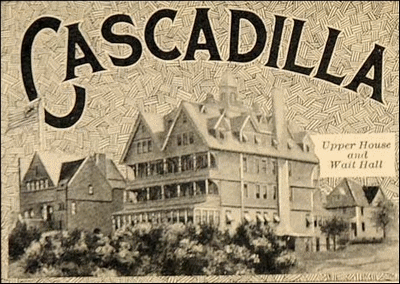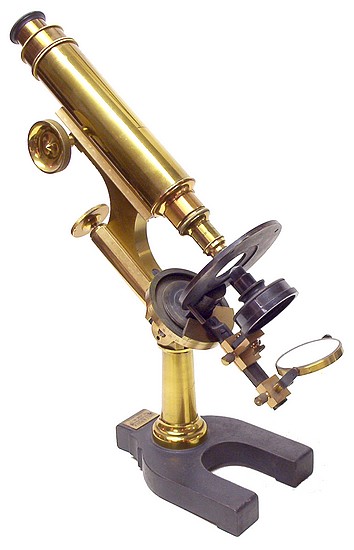
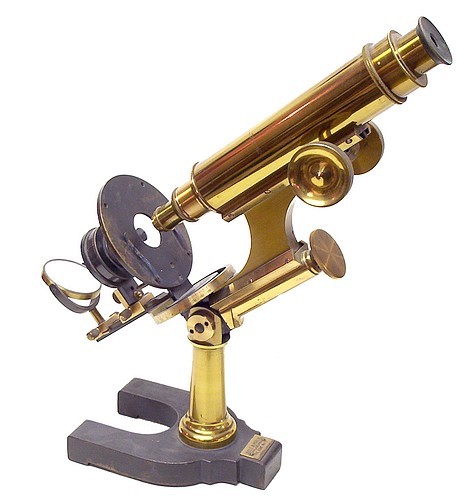

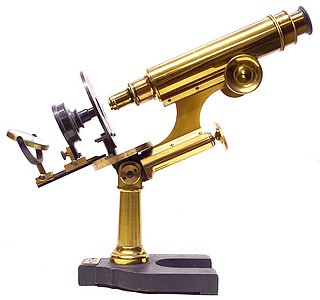
Reversible on the horseshoe base
1880 advertisement
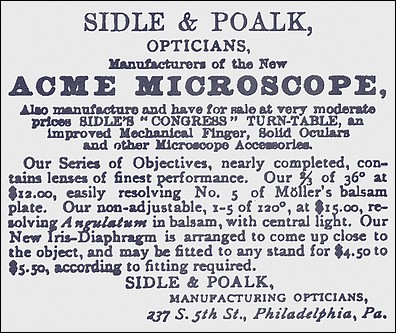
From The Journal of the Royal Microscopical Society, pg 523, 1880
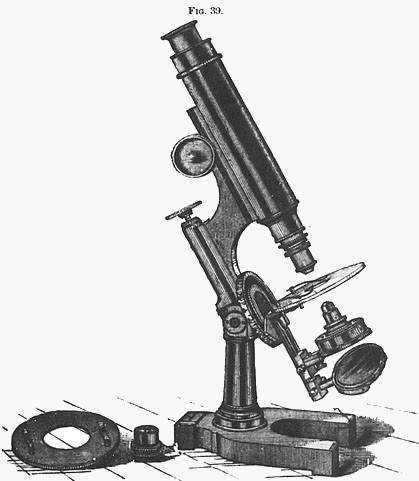
Sidle and
Poalk's Acme Microscope.This Microscope,
shown in Fig. 39, is the first cheap instrument that
we have seen with a swinging substage.
The general form of the instrument hardly needs any
description, but it may be mentioned that the stage
is made of two thin, circular brass plates, the upper
one (shown in the lower left-hand corner) fitted to
turn upon the lower, so that the object can be
rotated in the field of view. The stage can bo
centered. The upper plate can be removed, and two
spring clips attached to the lower one, either above
or below, thus making a stage for use with oblique
light. The aperture in the stage has a standard-screw
thread, to receive various accessories for
illumination when it is desired to have the mirror
move independently of them, and also to afford a
means of mounting the selenite so that it can be
revolved without turning the Nicol prism.
The mirror and substage are both attached by sliding
fittings to the same bar, which carries them around
the object as a centre. The circular piece at right
angles to the stage, gives steadiness to the bar,
wiith smooth movement, and is graduated to show the
angular direction of the illuminating pencil.
The horseshoe base is reversible, so that greater
steadiness can bo ensured when the stand is used in a
horizontal position.
The Acme line of microscopes was first introduced in 1879 by the firm Sidle and Poalk of Philadelphia. The microscope shown on this web page with serial number 17 is an example of one of the first microscopes made by this firm. It was called "The Acme". By 1880, the firm was located in Lancaster Pennsylvania under the name John W. Sidle & Co. or the "Acme Optical Works". Subsequently, the entire output of the Acme factory was consigned to the retailer and manufacturer of scientific instruments, James W. Queen of Philadelphia. Later examples of microscopes from the Acme Optical Works can be found on this website. Among the various models produced were the Acme No. 3, the Acme No. 4 , and the Acme No. 5. There are some references in the literature to an Acme model No. 2, but it is rare.
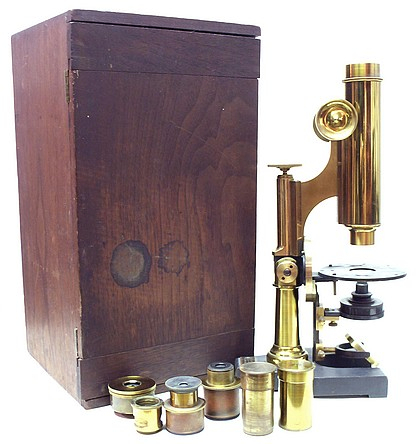
This microscope was formerly the property of the Cascadilla Preparatory School of Ithaca New York. The school was founded in 1876 by Lucien C. Wait, a Professor of Mathematics at the nearby Cornell University. The school was established for the special instruction of students preparing to enter Cornell.
